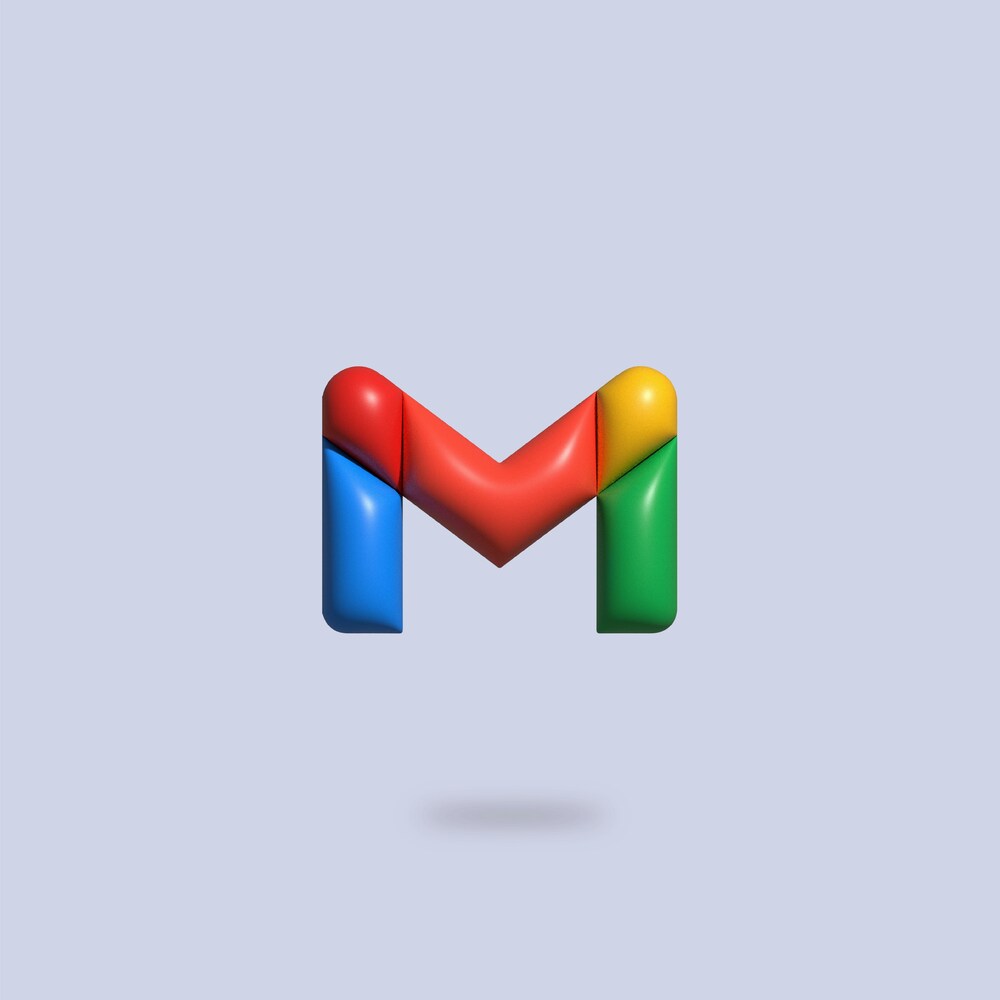



The tectonic plates of commerce and culture have intersected and there has never been a greater need for organisations to innovate, and there’s never been a better time to innovate.
The environment that allowed for strong, consistent growth without innovation are gone. Things are difficult, productivity gains are slow and yet very few companies have innovation as a percentage of their growth numbers.
You cannot simply ‘wait out’ the current economic conditions. It is a perfect storm of an economic shift and a rate of technological change that is unprecedented.
A firm’s ability to innovate profitably is essential to being able to compete.
About Tomorrow has been created to accelerate innovation, making it a growth mindset for organisations.
The widespread use of general AI and LLM’s, have re written how innovation can occur. It’s no longer just a whiteboard and post it notes. AI automates and accelerates innovation to the point where the gains are not just tangible, but accessible in the short-term.
Forever class innovation is optimising every innovation all of the time. Continuous improvement is not a static measure, but innovation outcomes to an organisations value, authority and position in the market can be immeasurable in terms of the uplift.




